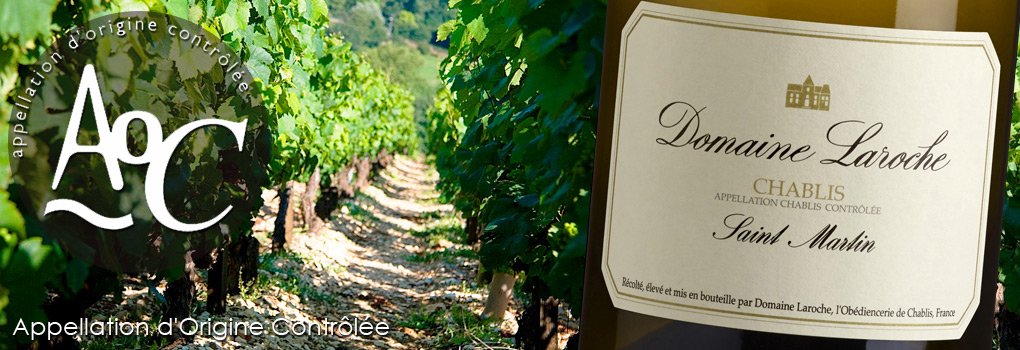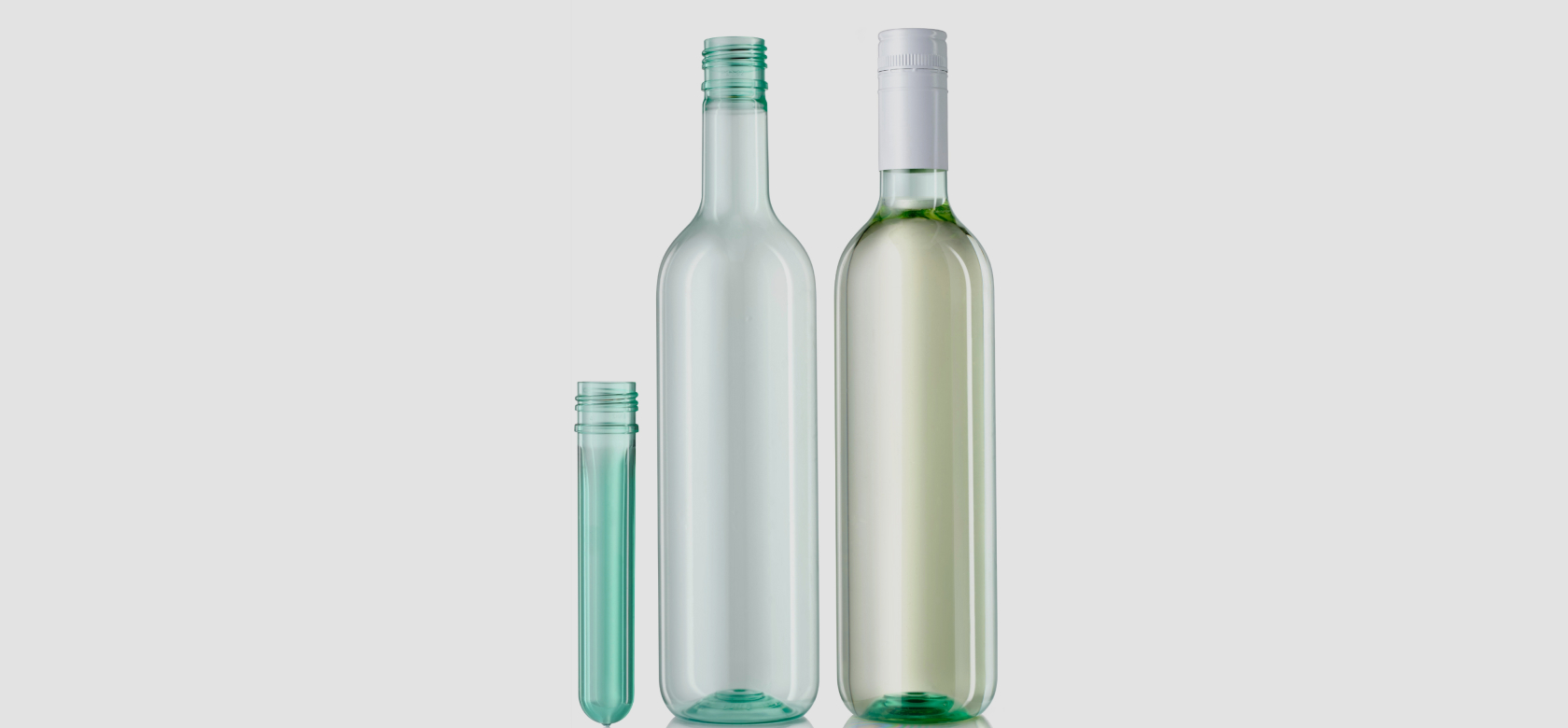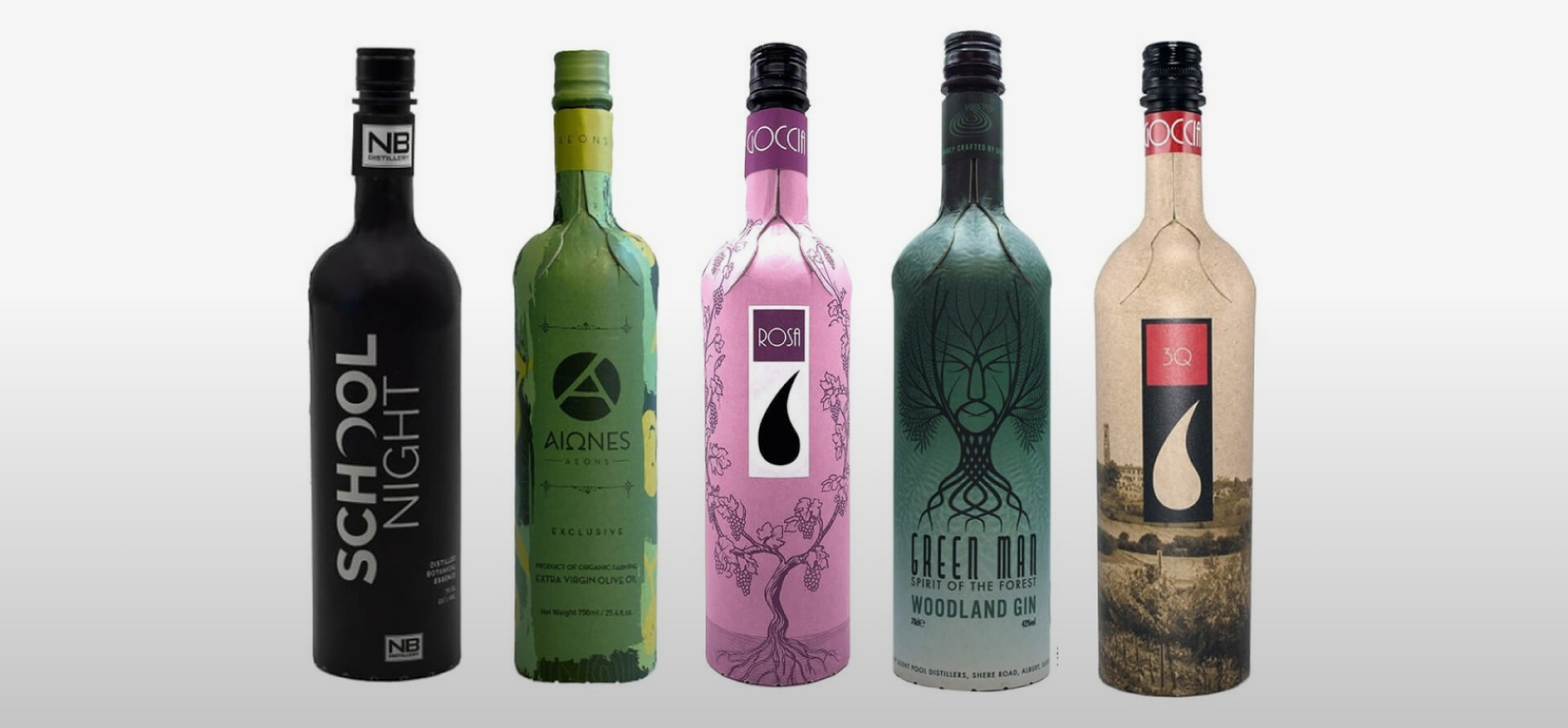Thinking Outside the Bottle: Does It Always Have to Be Glass?
For centuries, glass bottles have been the standard for wine. Due to their neutrality and ability to store wine for long periods without compromising quality, they have historically been the preferred container for premium wines. In many classic wine regions, especially in countries like France, Italy, or Spain, the traditional glass bottle is seen as a symbol of quality and authenticity.
Today, however, more and more wine lovers are placing value on enjoying their wine sustainably. And it should be practical too. What are the alternatives to the traditional glass bottle? And how can innovative solutions combine environmental awareness with appealing design and make wine more accessible?
Today, however, more and more wine lovers are placing value on enjoying their wine sustainably. And it should be practical too. What are the alternatives to the traditional glass bottle? And how can innovative solutions combine environmental awareness with appealing design and make wine more accessible?
Why New Skins for an Old Classic?
Glass has historically been the container of choice for wines, particularly premium wines. Its neutrality and long-term storage capabilities make it ideal. In fact, some wine regions even mandate glass for premium wines—Württemberg in Germany, for example, will require local wines from the 2026 vintage onward to be sold exclusively in 0.75-liter glass bottles. The rule aims to ensure authenticity and quality.
More and more winemakers are using alternative packaging like bag-in-box, Tetra Pak, or aluminum cans.
Many French wine regions – especially the world-renowned ones like Bordeaux and Burgundy – are part of the Appellations d'Origine Contrôlée (AOC) system. The AOC is a controlled designation of origin that, among other regulations, requires wine to be sold in glass bottles to preserve the quality and authenticity of the product. Similar systems exist in Italy under the DOCG (Denominazione di Origine Controllata e Garantita) and in Spain under the DO and DOCa (Denominación de Origen and Denominación de Origen Calificada) classifications. These regulations aim to ensure high quality and authenticity, and to guarantee that the wines meet the strict standards set by their respective appellations.

However, glass production and transport are energy-intensive and leave a significant CO2 footprint. Lighter, more sustainable packaging options can help reduce that impact, meeting the expectations of many younger consumers who care about both sustainability and convenience. As a result, more winemakers are turning to alternatives such as bag-in-box, Tetra Pak, or aluminum cans.
Accustomed to on-the-go smoothies and takeaway coffee, people in their 20s and 30s now expect single-serve portions that are easy to carry, break-resistant, and stylish. These formats are increasingly popular in retail, especially among younger wine drinkers.
Accustomed to on-the-go smoothies and takeaway coffee, people in their 20s and 30s now expect single-serve portions that are easy to carry, break-resistant, and stylish. These formats are increasingly popular in retail, especially among younger wine drinkers.
Wine in a Can: Practical and Trendy
Whether it’s for concerts, boat trips, outdoor events, picnics, or glamping – canned wine is trending, especially among urban consumers who want a wine experience that is both practical and sustainable. Cans are lightweight, shatterproof, easy to transport, and ideal for on-the-go occasions. They also protect wine from light and oxygen and are lined with a neutral plastic coating to maintain quality.
However, it’s worth noting that canning wine involves additional costs, primarily due to the special coatings needed to preserve taste and prevent the aluminum from reacting with the wine. These materials and technologies make canned wine more expensive to produce than glass, which is naturally non-reactive.
Want to give canned wine a try? Enter our giveaway for a chance to win a VINOCAN tasting set.
To the Price Draw
To the Price Draw

PET Bottles: Recyclable and Super Light
Another alternative is PET bottles, which are already common in the beverage industry but still new to wine. Austrian winery Wegenstein, together with packaging specialist ALPLA, has developed a PET wine bottle weighing just 50 grams. This bottle cuts the carbon footprint by up to 50% compared to traditional glass and is fully recyclable. PET bottles offer advantages in terms of transport, sustainability, and break resistance. They are a practical choice for budget wines with shorter shelf lives but have clear limitations for premium wines and long-term storage.
PET is best suited for wines meant to be consumed within a few months. It’s not ideal for aging premium wines.
Even though modern PET bottles are coated to reduce oxygen permeability, long-term storage can lead to flavor degradation. PET is more oxygen-permeable than glass, accelerating oxidation and reducing wine quality. PET bottles are best for wines consumed within a few months. For premium wines meant to age, PET isn’t suitable. Although recyclable and lightweight, the recycling process is more complex than with glass, and PET bottles generally need to be replaced more often. PET also carries a perception problem: while the wine inside may be high-quality, the packaging is often seen as cheap or low-end.
Bag-in-Box and Pouch: More Than a Party Wine
When wine is packaged in an airtight bag inside a sturdy cardboard box, it’s called bag-in-box (BiB). Once viewed as a container for cheap wine, BiB is gaining new respect. The technology has existed for decades, but more producers and consumers now see it as a real alternative. One example: SCHILD.WEIN offers high-quality wine in BiB format, popular with wine lovers who care about freshness, quality, and eco-friendly, convenient packaging. Thanks to the airtight bag, the wine stays fresh for several weeks after opening.
These alternatives to glass bottles help keep wine fresh and in optimal condition after opening.
A related format is the pouch – a flexible bag with a tap or spout. Lightweight, durable, and easy to carry and store, pouches are highly practical.
These glass alternatives offer the advantage of maintaining freshness after opening because the airtight polyethylene bag prevents oxygen from coming into contact with the wine, thus protecting it from oxidation. This allows wine to stay fresh for weeks after opening – perfect for wine lovers who enjoy sipping at their own pace. Their lightweight format also makes them ideal for picnics, camping, or other outdoor events.
While BiB and pouches use materials that reduce oxygen permeability, they are still more permeable than glass. Over longer storage periods, this can lead to oxidation, resulting in a loss of freshness, aroma, and overall quality. These solutions are not ideal for wines meant to age, but they’re perfect for wines consumed within a few months.
These glass alternatives offer the advantage of maintaining freshness after opening because the airtight polyethylene bag prevents oxygen from coming into contact with the wine, thus protecting it from oxidation. This allows wine to stay fresh for weeks after opening – perfect for wine lovers who enjoy sipping at their own pace. Their lightweight format also makes them ideal for picnics, camping, or other outdoor events.
While BiB and pouches use materials that reduce oxygen permeability, they are still more permeable than glass. Over longer storage periods, this can lead to oxidation, resulting in a loss of freshness, aroma, and overall quality. These solutions are not ideal for wines meant to age, but they’re perfect for wines consumed within a few months.

Paper Bottles: A Revolution on the Shelf
Another unconventional format is the paper bottle. The so-called “Frugal Bottle” is made from 94% recycled cardboard and lined with a food-safe barrier to prevent leakage. Weighing just 83 grams, it has up to six times less carbon impact than glass. Italian winery Cantina Goccia uses this packaging and promotes its environmental benefits. In 2023, the bottle won the PAC Global Award in New York for packaging innovation.
While a Tetra Pak has up to seven material layers – including plastic, aluminum, and cardboard – paper bottles use just three: a PET lining, an outer printed cardboard shell, and an aluminum cap. The result: easier recycling.
While a Tetra Pak has up to seven material layers – including plastic, aluminum, and cardboard – paper bottles use just three: a PET lining, an outer printed cardboard shell, and an aluminum cap. The result: easier recycling.
The tactile and visual experience of a bottle is part of the wine ritual, and like other alternatives, paper bottles may diminish that sensory experience for traditionalists. As with BiB or PET, paper bottles also face issues with oxygen permeability and reduced robustness, which can affect the wine's flavor and longevity.
Wine Fans: Caught Between Curiosity and Skepticism
Wine packaged in new formats tends to divide opinion. Some consumers value sustainability, while others remain skeptical of non-traditional formats. However, studies show growing acceptance – especially when the wine tastes great and the packaging offers practical benefits. These alternatives are exciting options for a new generation of wine drinkers.
Diversity in Packaging
While alternatives are trending, glass bottles still dominate. They remain a strong symbol of tradition and quality for many. Yet the growing variety of packaging solutions and shifting consumer preferences will continue to drive the "outside-the-bottle" mindset. One thing is certain: as wine lovers, we’re curious to see how wine will be served and stored in the future. In the end, it’s what’s inside that counts.
Seite bewerten
Welcome to wine.vino.wein – the wine lover’s magazine
In our magazine you will find editorial articles and information about wine. As we are committed to the responsible use of alcoholic beverages, the content is aimed exclusively at adults and you must be at least 18 years old to visit wine.vino.wein.